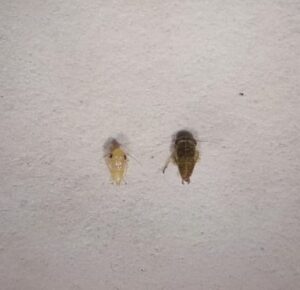North Jersey Fruit and Vegetable Twilight Meeting II
June 7, 2023
4:45 PM – 7:30 PM
Terhune Orchards*
330 Cold Soil Road
Princeton, NJ 08540
*Park in the main lot and meet in the Winery Tasting Room
4:45 PM Registration/ Light Dinner at the Terhune Orchards Tasting Room
The meeting will commence as a walking tour of high tunnel cherries, blueberries, strawberries, apples and asparagus.
5:00 PM Orchard Weed Management
Thierry E. Besançon, Associate Extension Specialist in Weed Science, Rutgers NJAES
5:20 PM Early/Mid-Season Insect Management in Tree Fruit
Anne Nielsen, Associate Extension Specialist in Entomology, Rutgers NJAES
5:40 PM Control of Bacterial Canker in Sweet Cherry and Summer Fungicide Program for Apples
Norm Lalancette, Associate Extension Specialist in Tree Fruit, Rutgers NJAES
6:00 PM Vegetable IPM Program Updates
Kris Holmstrom, Vegetable IPM Program Associate, Rutgers NJAES
6:20 PM Blueberry IPM Program Updates and Spotted Wing Drosophila
Carrie Mansue, Blueberry IPM Sr. Program Coordinator, Rutgers NJAES
6:40 PM Tree Fruit IPM Program Updates
Kaitlin Quinn North Jersey Fruit IPM Program Associate, Rutgers NJAES
7:00 PM Pesticide Safety Updates
Pat Hastings Extension Pesticide Safety Education Program Coordinator, Rutgers NJAES

